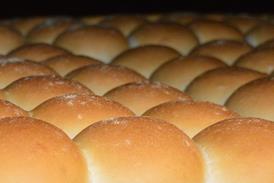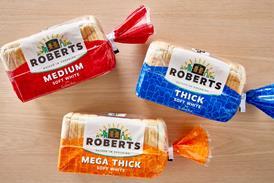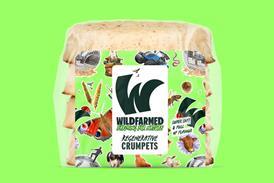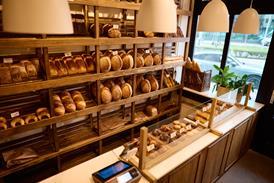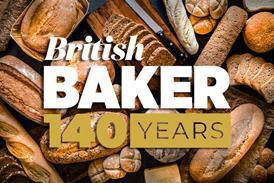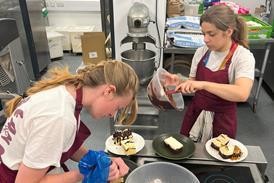UK wheat area set to recover in 2025 but share of breadmaking varieties falls

Improved weather last autumn will result in an expected 6% increase in UK wheat area although less breadmaking varieties planted means bakery production may still be tighter in 2025
To continue reading, register for free
You are what you read, registration is quick, easy and free. Just click register now and you’ll be finished faster than it takes you to butter a crumpet!
Don’t miss out:
- Unlimited access to content
- Regular newsletters to your inbox
- Save articles to read later on
- A more personalised experience
Already registered? Please log-in here

